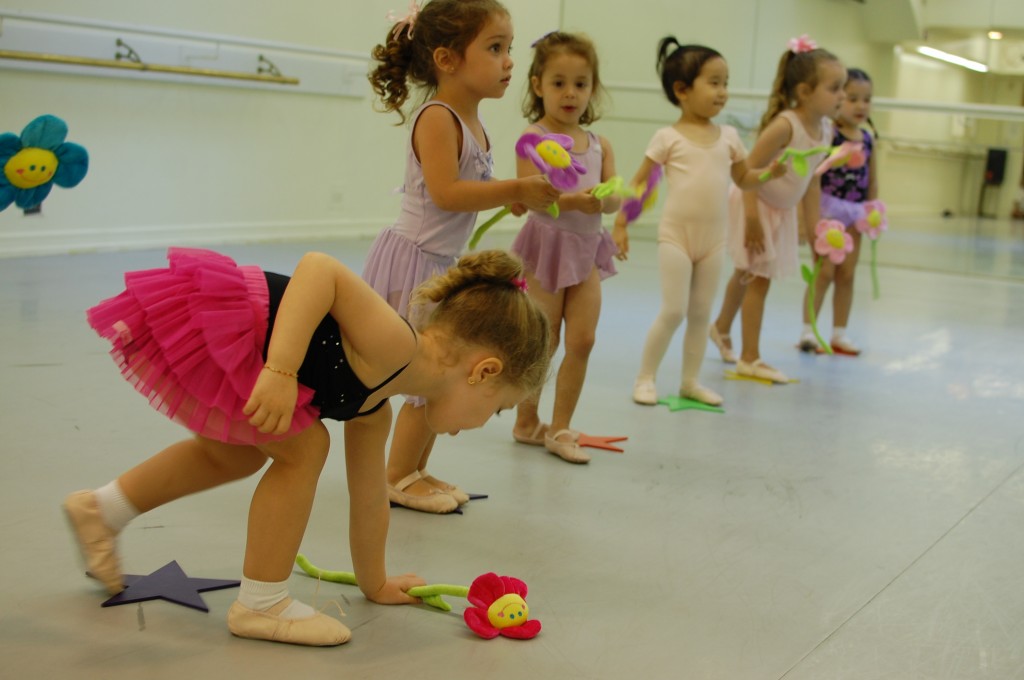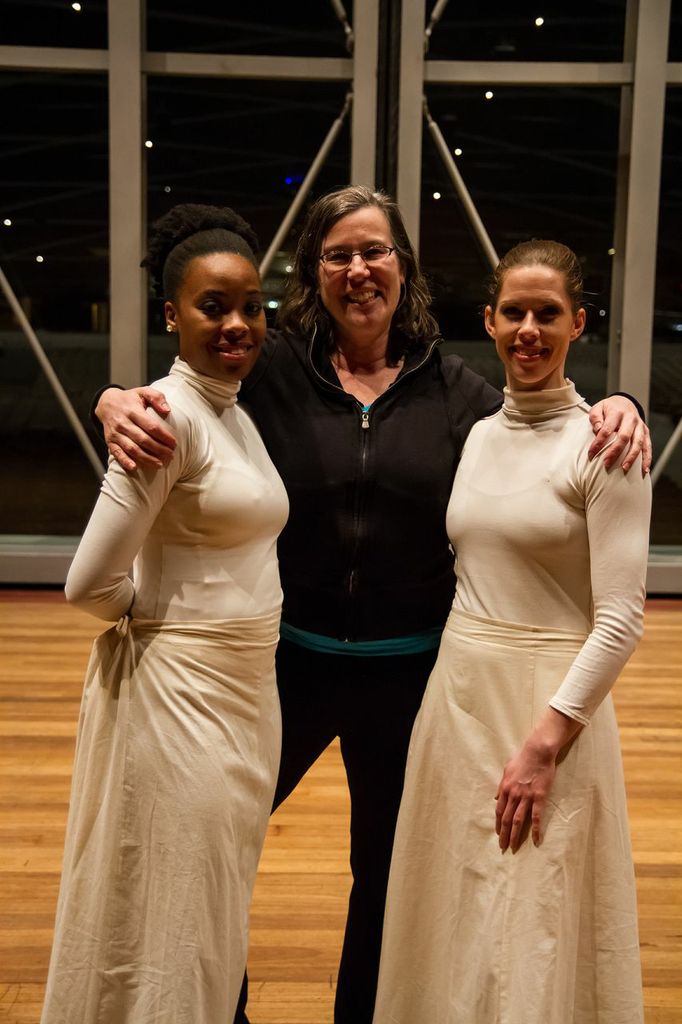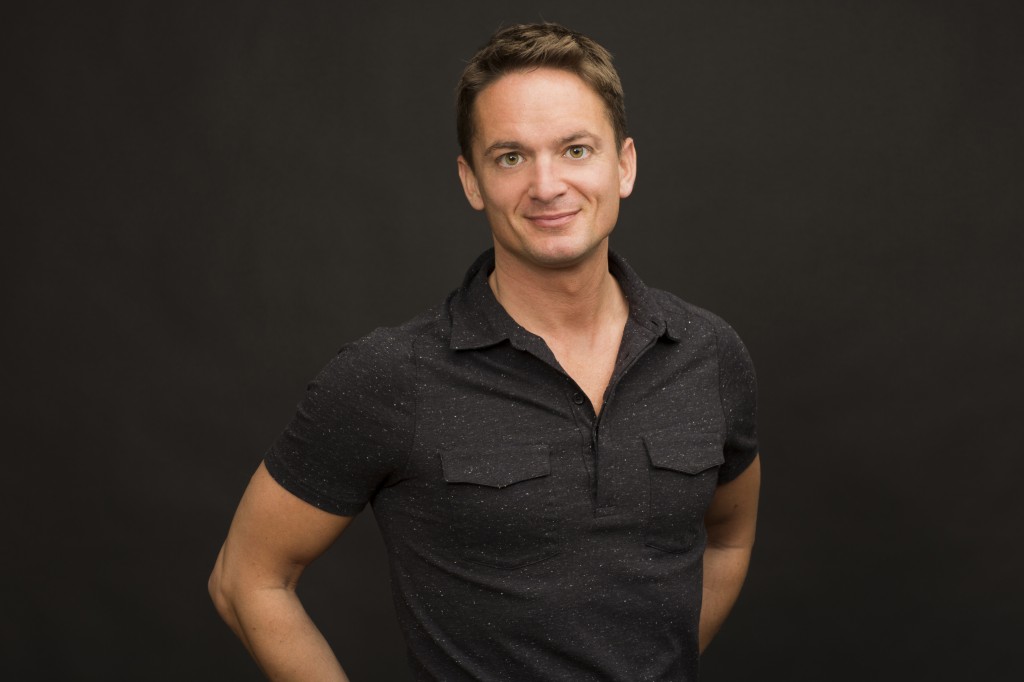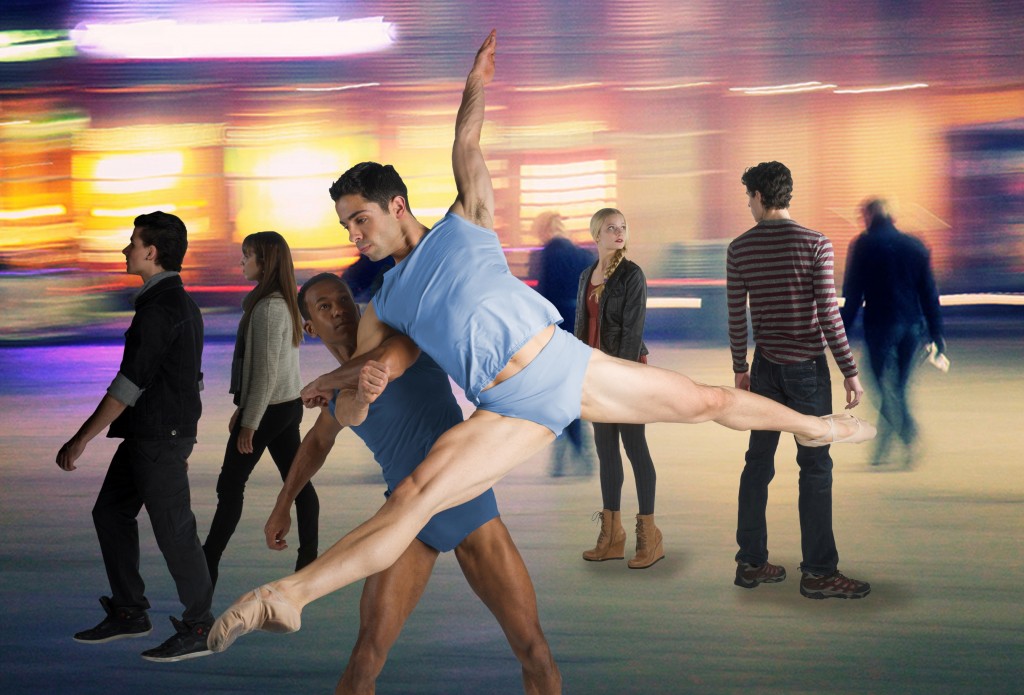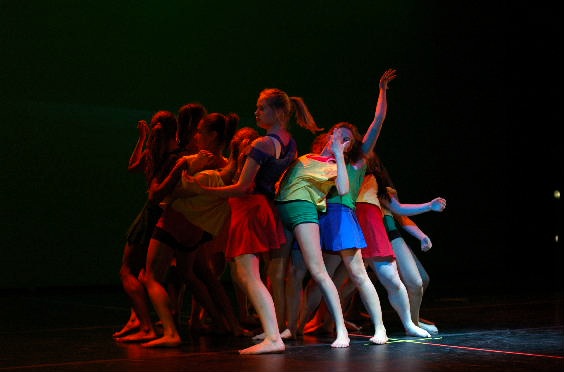Ladies and gentlemen…join me in welcoming back the marvelous Margi Cole. For those of you who don’t know her, Margi is a choreographer in the Chicago area and is the Founder/Director of The Dance COLEctive.
I had the good fortune to finally meet her last year at an event and found her thoughtful, interesting–and extremely nice. We are pleased to share this interview with her here so you can get a glimpse of what it is like to work as a choreographer in Chicago…as well as what it is like to be a dance maker–from her point of view…
___________________________
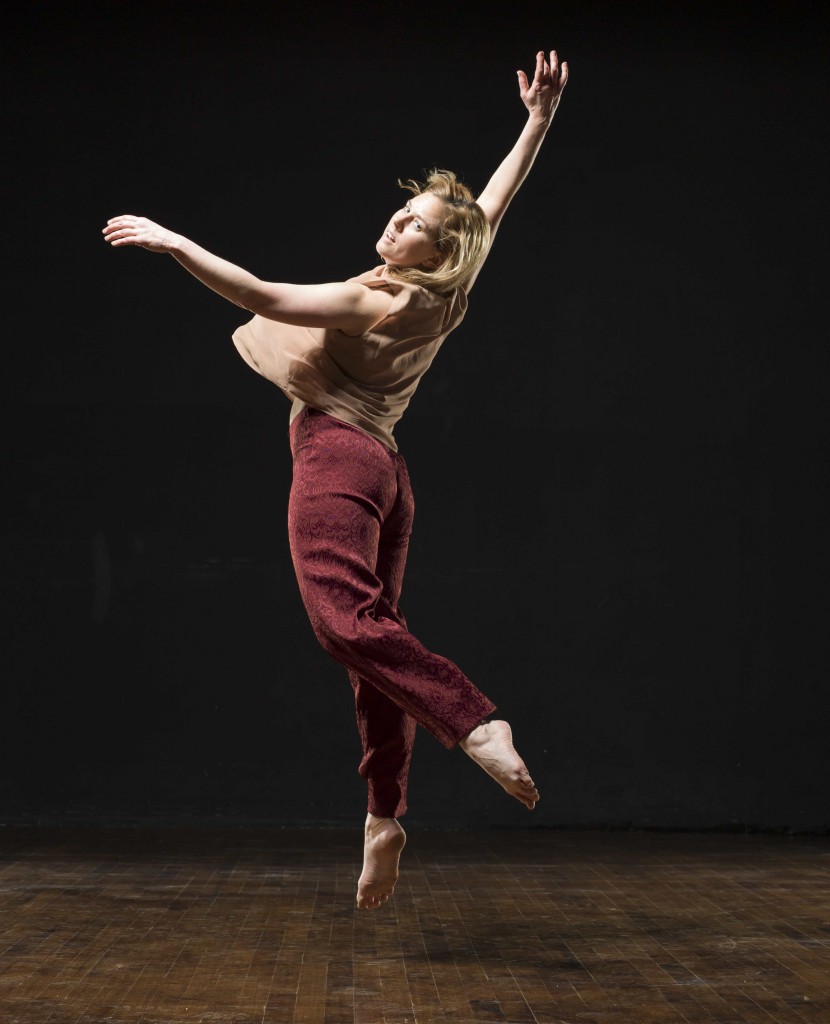
You have been choreographing for a long time. How has your view about making dances changed over the years?
When I started making dances for me, it was all about making the steps. It has evolved over a long period of time into me creating puzzles my dancers must navigate to invent movement vocabulary. I come in with an idea, share it with them, put mechanisms in place for them to begin to investigate and let them have at it. I then become an editor, director, shaper – the girls call it adding the “Margi Spice”. I identify places in the material that are of interest or that don’t seem to work just right, and we explore them and edit it them. Sometimes that even means me inserting myself physically into the moment so that I can help make choices. It also means that lots of material “ends up on the cutting room floor.” I truly enjoy this process, especially watching the dancers engage with each other. I am always working to find new ways to challenge them and myself.
How important do you feel the music is to the dance-making process?
For me, the music always comes later in the process. I always want it to inform/rub against the material so it can be pushed further rather than be consumed by it. I want the movement itself to be interesting enough to exist on its own, then I seek out its partner. The music for me is sometimes a last step. Fortunately, for the last couple of works I created, I had the luxury of working with someone to create a sound score. In some ways that has proven more satisfying than trying to find existing music.
If a dancer came to you and asked how they should pursue a career in choreography, what would your advice be?
Make lots of dances, see lots of dances, listen, have verbal discourse, be a risk taker, ask more of yourself every time and don’t work in a vacuum. Sometimes the answers to things can be found in the strangest places, not necessarily in the studio or during the process. If you have the good fortune of establishing a relationship with a mentor along the way treat it with respect and care. It is so rare to have someone with an outside eye and ear who can support and challenge you like no other. Treat your collaborators the way you would want to be treated. Allow yourself to fail. Sometimes the trip/journey ends up being the most important part of the work and not the work itself.

Do I sometimes hit a wall and not know which direction to turn? Yes! And I have found that it is really much simpler to be honest and say, “Hey, I really need to think about this some more. I don’t know what to do next.” Yes! Inevitably I have to walk away from the material for a bit and then come back to it in order to see it differently. It is like being stuck on a move in Words with Friends. You can’t think of anything and then you go back later and you can’t believe you didn’t see this great move sooner. Throughout the years, I have also given myself permission to turn a corner from my original ideas. I call it listening to the material and letting myself see where it takes me/us.
You are a Chicago-based choreographer. How do you feel about the state of dance in the area?
I feel like dance here in Chicago has a strong prescence on numerous levels. There are many unique voices. It has been wonderful to see the dance community grow and the work become more sophisticated over the years. I think Chicago is more recognized as a city for dance, and I am proud of to that and feel good about my involvement in helping that to happen. I am seeing more people work collaboratively across disciplines. Our emerging and mid-career artists are both working hard seeking out new models for ourselves to ensure more thriving and less surviving. Our biggest struggle is that we are all scrambling for the same resources, but that is true of the dance community at large, not just in Chicago. With all that in mind, I would say there is a lot of innovation and enthusiasm around creating a sustained presence here and beyond.
If you had to do your career as a choreographer all over again—what would you change?
I would be less judgmental and more open. Less fearful and more risky. Less conservative and more bold. Less know-it-all and more curious. I would see challenges as opportunities. In short, I would have given myself permission to fail. But, that is just one of those things that it takes time to figure out.
What have you been working on lately?
Right now the company is working on three duets. They are sourced from the same initial topic and movement vocabulary but are developing into three very different studies. It is fun to watch how they are evolving so differently. I also have a deep curiosity for site specific work and an interest in finding new ways to engage the audience. I am trying to wrap my brain around how I can do both those things in a different way. We will see what happens.
Bio: Margi Cole is Founder and Artistic Director of The Dance COLEctive. She graduated from the Alabama School of Fine Arts, received a Bachelor of Arts in Dance from Columbia College Chicago and a Masters of Fine Arts in Dance from the University of Illinois at Urbana-Champaign. As a teacher and guest lecturer, she has taught for numerous educational and professional organizations such as the Alabama Ballet, the American College Dance Festival, Ballet Tennessee, Northwestern University, Columbia College Chicago, Lou Conte Dance Studio, the Joffrey Academy of Dance, the American Dance Festival, and various other institutions throughout Illinois, the Midwest, and the Southeast. As a choreographer, Margi has been commissioned by The Alabama Ballet, Springfield Ballet Company, Sanspointe Dance Company, the Birmingham Museum of Art, Girl’s Preparatory School of Tennessee, Beloit College and Columbia College Chicago.
As a performer, Margi has danced with well-known choreographers and companies, including Ralph Lemon, Joe Goode Performance Group, Liz Burritt, Stephen Koplowitz, Ann Boyd, David Rousseve, Bill Young, Douglas Nielsen, Peter Carpenter, Timothy O’Slynne, Paula Frasz, Colleen Halloran, Molly Shanahan/Mad Shak, Mordine & Company Dance Theatre, Renee Wadleigh, and Ellie Klopp. In August 2011, Cole traveled to Findhorn Scotland to join 19 international performers to participate in the Deborah Hay Solo Commissioning Project.
Awards and acknowledgements of Margi’s accomplishments include making the list of “Teachers Rated Excellent by their Students” four consecutive semesters while on faculty at the University of Illinois, receiving two Dance Center of Columbia College Choreographic Mentoring Scholarships, two Illinois Arts Council Individual Artist Fellowships, a 2005 Chicago Dancemakers Forum grant, a American Marshall Memorial Fellowship, and winning a Panoply Festival Choreography Award for Contemporary Dance in Huntsville, AL.
Margi is active in the Chicago dance community, serving on grant panels and in public forums as an arts administrator, dancer and choreographer. In 2011, she was integral in organizing both the Dance/USA and Marshall Forum annual conferences in Chicago. Cole is currently a Chicago Dancemakers Forum Consortium Member and was a part of the Marshall Memorial Fellowship Selection Committee. She is currently on faculty at Columbia College Chicago, where she has served as a Lecturer and Associate Chair. In 2012 she was named one of The Players in New City”s “Fifty People Who Really Perform in Chicago” List.





